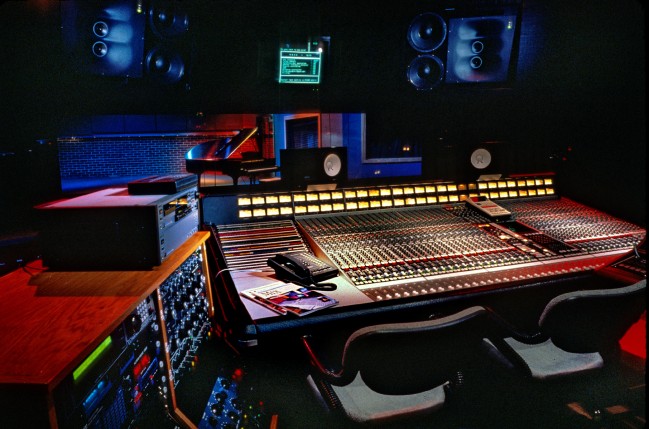
Bracketing is a technique that can salvage any image that you really need, as far as exposure is concerned.
As a photographer, your mission is to “Get the Shot” no matter what it takes. After all, if you don’t, there’s not much reason to take the picture, is there? So, get the picture! That way, you and your client can reap the benefits of any image.
Face it, if you don’t get the shot for yourself, especially if it’s a “great” shot, the regret can be long lasting and, if it’s for a client and you don’t get the shot…you’re screwed! Not only will the client not use you again but they will most likely share their experience with other potential clients if they get the chance. You’re double screwed PLUS the regret is long lasting.
The technique is simple. You expose a series of shots (of the same image) around the determined, average exposure. It doesn’t matter whether it’s in increments of whole stops, half stops or third stops. Generally you would expose the same amount of exposures under as you would over but that is not set in stone. For instance: If, I where shooting a document (type on a white page) I would start my bracketing at the “average” exposure and work higher (lighter) in my exposures to make the paper “white”. This is because of the fact that all camera meters see everything as “middle” grey, whether it is black or white. You can shoot a white and black piece of paper, look at the original exposure and they will look alike, a middle grey.
In shooting film, I would highly recommend bracketing any shot that you absolutely have to have. One exception would be in a studio situation where you know exactly what results you’re going to get with your own equipment. I would still recommend it if you were shooting for a client…especially if it is a studio shot (set up) and not a moving model. With film…you get what you have! You can’t change the original frame. It all has to do with the “latitude” of the film. That’s another subject for another blog.
I shot available light with film for, seems like a hundred years and I was still thrown curveballs once and a while. If I hadn’t bracketed my shots…I would have lost the shot. There is no going back and your reputation is at stake!
Digital photography, along with applications like Photoshop, can salvage images that are not pin point accurate as far as their exposure. Generally, if it’s close, you can salvage it. This is not to say that you shouldn’t bracket your shooting with digital. Digital has an even harder time recreating reality as far as our eye sees it (latitude). If you really need the shot…bracket. If exposures are too hot…no highlight detail…you’ve lost it, too dark, noise when bringing up the exposure, you’ve lost it. Don’t get caught with your pants down!
Take the time to bracket if you have to get a particular shot…time and film (frames) is cheap compared to your reputation. This way, you’ll be assured in getting the best exposure possible in any situation.